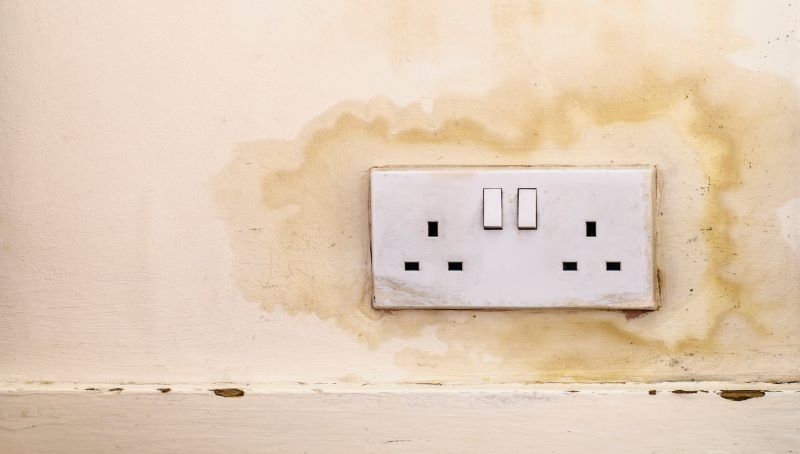
By Roger Jarman, former Head of Housing, Audit Commission.
ITV’s relentless reporting of the poor condition of some social housing stock continued this week. Clarion again featured in the news bulletin on 17 August, some two months after the conditions on one of its estates in Mitcham, South London were first exposed on The News at Ten.[i]
The case had been referred to the Regulator of Social Housing but it judged that the consumer standards had not been breached as there was no evidence of ‘systemic’ or ‘organisational’ failure.
This episode shows the country’s largest housing association in a poor light. But perhaps the reputation of the regulator is subject to greater damage.
As the broadcaster noted, what is the role of a housing regulator if it doesn’t talk to residents about the poor levels of service they have received from their housing provider? The RSH argued that its legal remit meant it couldn’t talk to residents affected by the service failure.
To be fair to Clarion, its CEO, Clare Miller (who had a long career as a housing regulator herself), acknowledged in an interview with the ITV journalist that there was a good case for strengthened consumer regulation. She was just working within a framework that was laid down by Parliament.
How times have changed. Following the Cave Review of housing regulation in 2007, the Tenant Services Authority was established to champion the interests of residents living in social housing (as well as undertaking other regulatory responsibilities).
The TSA’s first CEO, Peter Marsh, toured the country in a pink bus talking to residents about their concerns and what they wanted from a regulator. The focus on consumer interests was backed up by a rigourous system of housing inspection under the Audit Commission.
Just as the TSA was formally set up in April 2010, the Coalition Government was swept into power. The new administration had a remit to reduce regulation and both the TSA and Audit Commission were abolished.
Ministers in the Department for Communities and Local Government actually wanted all formal housing regulation abolished but the funders of housing associations (the banks and other finance institutions) fought hard to retain a regulatory regime that oversaw financial viability and governance.
After all, over £100bn of private finance is invested in social housing provided by housing associations. And if you ran a finance house you would be foolish not to have the state carry out at least some of the checks of the bodies you fund.
This revamped regulatory system after 2010 also suited some influential parties in the housing association sector. The NHF, G15, and certain housing consultants had been largely opposed to the role of the Audit Commission as inspectors of housing associations.
These interests lobbied hard for less intrusive regulation of consumer standards but were much more comfortable with a regulator that concentrated on governance issues and financial viability. In that way ministers and parts of the housing association sector found a common goal.
But it was only going to be a matter of time before a regulatory framework that ignored the interests of service users could be sustained. The Grenfell Tower fire revealed a regulatory system that failed on so many levels – not least in the regulation of the sector’s consumer standards.
In the space of a few years we saw a system move from a national conversation with residents to one where the regulator claims not to be able to even talk to end users about the standard of service provided by their landlords.
The sooner the provisions of last year’s White Paper on social housing regulation are implemented, the better.
Roger Jarman is an Associate with the Housing Quality Network. From 1991 until 1999 he was Head of Housing Management at the Housing Corporation and then from 1999 until 2011 he was Head of Housing at the Audit Commission overseeing the 1400 housing inspections undertaken by the Commission during that period.





